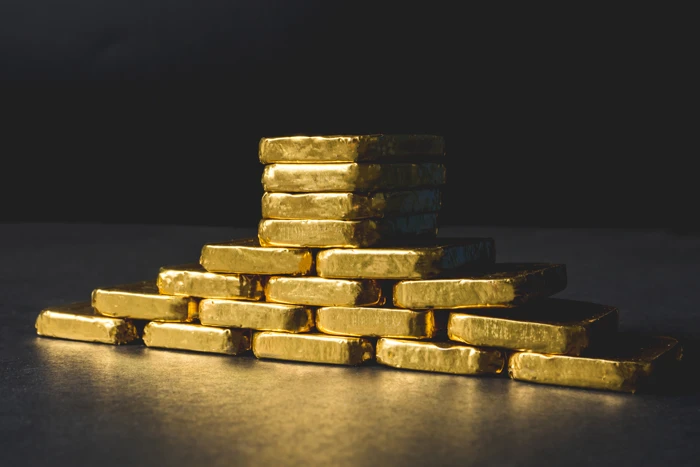This article is written by Matt Girard for publication in Gallery Magazine.
In today’s investment landscape, it’s easy to get distracted by the latest financial fads. Scroll through your news feed and you’ll see endless chatter about crypto, start-up IPOs, and even fractional ownership of anything from fine art to rare sneakers. But while investors have been distracted by shiny new toys, gold has been quietly doing what it’s done for millennia: holding its value and, in recent months, climbing to record highs.
During 2024, the price of gold surged repeatedly, setting all-time highs and drawing serious attention from investors worldwide. Its rally has been driven by a mix of inflation worries, geopolitical tension and declining confidence in the stability of currencies. In fact, trading volumes in gold have been outpacing many other major financial markets, and institutional demand is soaring. According to figures from the World Gold Council, central banks are buying up gold in historic quantities, collectively adding more than 1,000 tonnes of gold to their reserves in each of the past three years. This is a sharp increase compared to the 400–500-tonne annual average seen over the previous decade and many expect this trend to continue throughout 2025.
One of today’s hottest assets, gold is also one of the oldest; its story stretches back thousands of years. It was first used as jewellery around 4,000 BC, with the earliest known gold coins struck under King Croesus in the 6th century BC, and it has been seen as a store of wealth ever since.
Fast-forward to today and there are almost endless amounts of “alternative” investments. Not so long ago, Bitcoin was the headline-grabbing “digital gold”, but before 2009 crypto didn’t even exist. Now, investors and non-investors alike are familiar with the terms Ethereum and Dogecoin. While crypto’s rise has been meteoric, it’s also been volatile – one week to the moon, the next in freefall. Trends will come and go – crypto today, something entirely new tomorrow. But gold has been here for over 6,000 years, outlasting empires, economies and countless fads.
It’s always seemed odd to me that gold hasn’t been spoken about with the same awe – at least not in recent times. Maybe because it’s always been a part of our day-to-day lives, it’s not new and exciting anymore. But what it might lack in novelty and excitement, it makes up for in centuries of trust and a track record of weathering global crises.
While gold doesn’t require a blockchain wallet or a crash course in crypto, there are often misconceptions that there are lots of barriers to entry or that it’s just too expensive for your average investor. Admittedly, a single kilo bar currently costs around $115,000 – not exactly an amount everyone can casually invest in.
But it doesn’t have to be all or nothing. Physical gold comes in many sizes, with smaller bars and coins available. A single troy ounce, for instance, sits around $3,600, making it far more accessible. If holding physical gold isn’t your thing, there are plenty of other options: gold ETFs and ETCs, or shares in mining companies all offer exposure to the asset.
As we move through 2025, with central banks steadily accumulating bullion, inflation persisting, and ongoing geopolitical uncertainty, gold is once again becoming central to investment strategies. Whether you’re looking to diversify your portfolio or simply want a tangible hedge against uncertainty, gold can be a smart addition to many investment portfolios.


